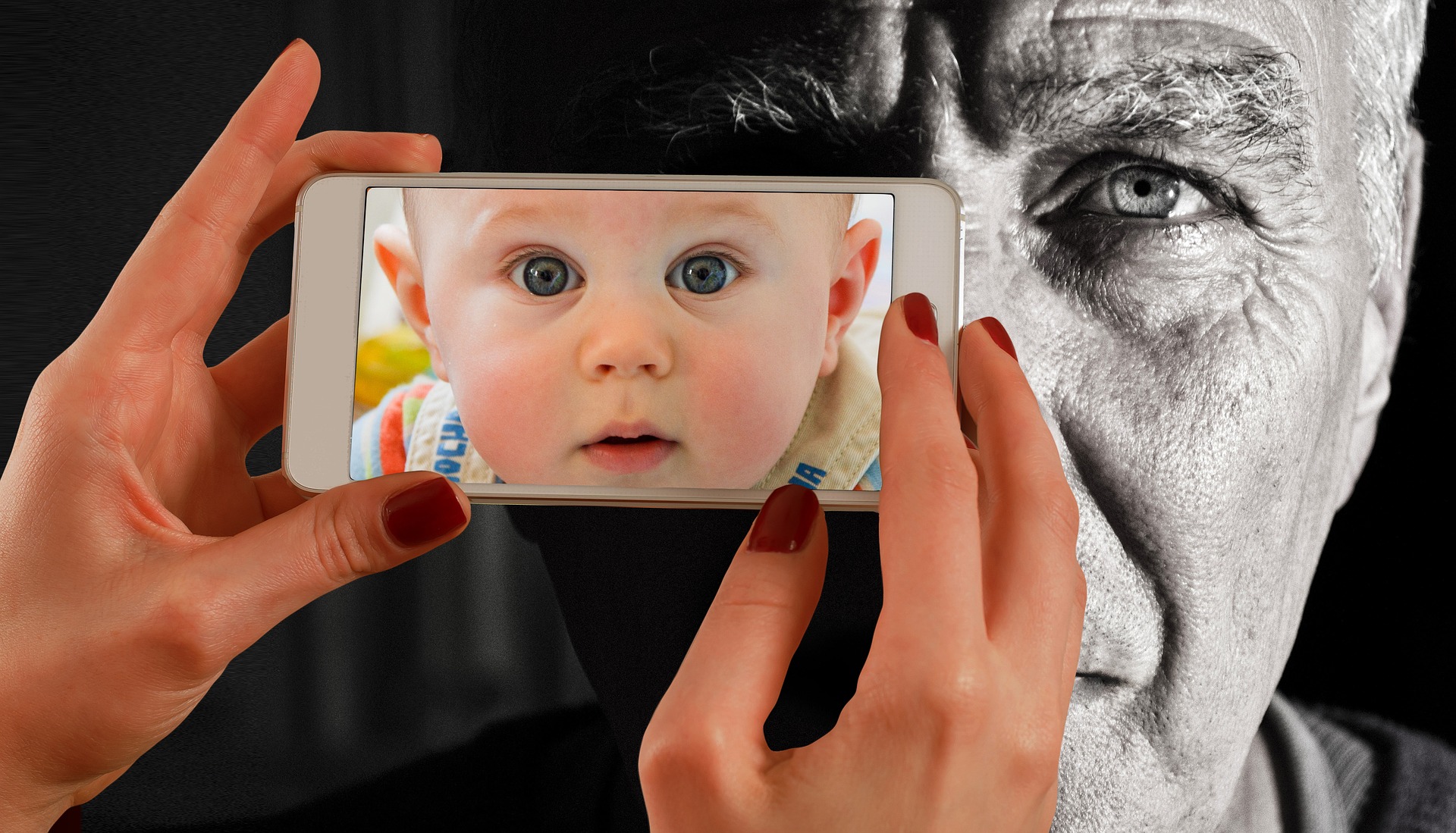How can we address COVID-19 vaccine hesitancy?
The Centers for Disease Control and Prevention (CDC) began work in April with a committee of outside experts to devise a ranking scheme for rolling out COVID-19 vaccines when available. They did not foresee a growing skepticism surrounding the safety and appropriateness of a COVID-19 vaccine, now emerging as a critical barrier to the potential for a vaccine to help end the coronavirus pandemic.
There may be valid reasons to be hesitant about a COVID-19 shot, even if you’re not generally “anti-vax.” The White House’s “Operation Warp Speed,” which promises to condense into one year what is typically a ten-year process for developing a safe vaccine against COVID-19, raises legitimate concerns over safety. Lack of transparency (real or perceived) over how billions of taxpayer dollars are being allocated and overseen to develop the vaccine may further elevate public distrust.
Today’s vaccine-hesitant beliefs revolve around distrust of the pharmaceutical industrial complex (i.e. “Big Pharma”), a rising preference of “natural” over chemical products and interventions, and distrust of repeating historical injustices that led to significant suffering among African-American, indigenous and other non-white communities.
Another key cultural factor is at play: The roaring individualism that has long undergirded American culture. It is stoking doubt about the legitimacy of expert clinical recommendations. Earlier this year, the World Health Organization was publicly delegitimized in the middle of a global pandemic. Then in July, the CDC was similarly sidelined after the White House mandated that all COVID-19 data be funneled through the Department of Health and Human Services.
The resulting public impression is that these two fundamental health institutions are irrelevant for guiding how best to battle the pandemic. In the absence of such centralized health authorities backed by scientific and political consensus, we are left to select our health-related “facts” from a tsunami of available information and to weigh them – in true individualist fashion – against our own first principles.
In other words, our tools for navigating how to stay alive through a pandemic have become social and political rather than scientific.
Facts are losing their persuasive power on a broader level, particularly in relation to beliefs and values. This is partly because beliefs often feel like facts. Their seeds are first sown from within our families, then sprout in unexpected directions as we interact with friends, community members and colleagues. Later, they are shaped by media sources that become our “imagined communities.”
The roots of our beliefs and values, so deeply tethered to our personal histories of emotion, motivation and identity, are inherently resistant to interrogation. This renders them more powerful than facts, because they govern our very ability to effectively evaluate and integrate new information into our worldview, depending on how well it aligns with our preexisting beliefs, values and preferences. Facts are weak by comparison, lacking the causal power to effectively modify our allegiances and biases.
This is especially true now, as our nation’s political polarization forms a sieve through which every morsel of media-sourced information is processed. A growing contingent of people distrust fact and feel at liberty to uncritically select among “alternative facts” on the basis of how they align with preexisting beliefs.
Even those who are committed to fact-checking, their capacity to do so is limited – not by education or personal integrity but by pragmatics: the reality that people with jobs and kids cannot spend the necessary time it takes to effectively and consistently verify information from sources that are assumed, in any case, to convey truth.
This is why addressing beliefs is such a pressing public health concern: A COVID-19 vaccine could turn out to be useless if people do not believe in it enough to get it. A vaccine can only do its job when a critical mass of community members reach consensus concerning its value.
The same is true for all COVID-19 prevention behaviors, from wearing masks to washing your hands effectively. With growing doubts about the achievability of herd immunity, these preventive behaviors – along with a safe, effective vaccine – are our primary hope for preserving the livelihoods of hundreds of millions of people suffering from COVID-19 and its collateral effects, and for re-establishing the world’s economies.
Our most effective public health messages are likely to be those that appeal to what people want to – and already – believe. This raises a compelling ethical issue: When does tailoring facts to align with public values drift into the shaky territory of warping truth to enhance its palatability?
Furthermore, considering over 655,000 people worldwide have already died from COVID-19, how do the ethics of truth-telling measure up against those of life-saving?
–By Kristin Kostick, Ph.D., staff scientist at the Center for Medical Ethics and Health Policy at Baylor College of Medicine
Editor’s note: The opinions expressed in this blog post are the author’s own and do not reflect the views of Baylor College of Medicine.



